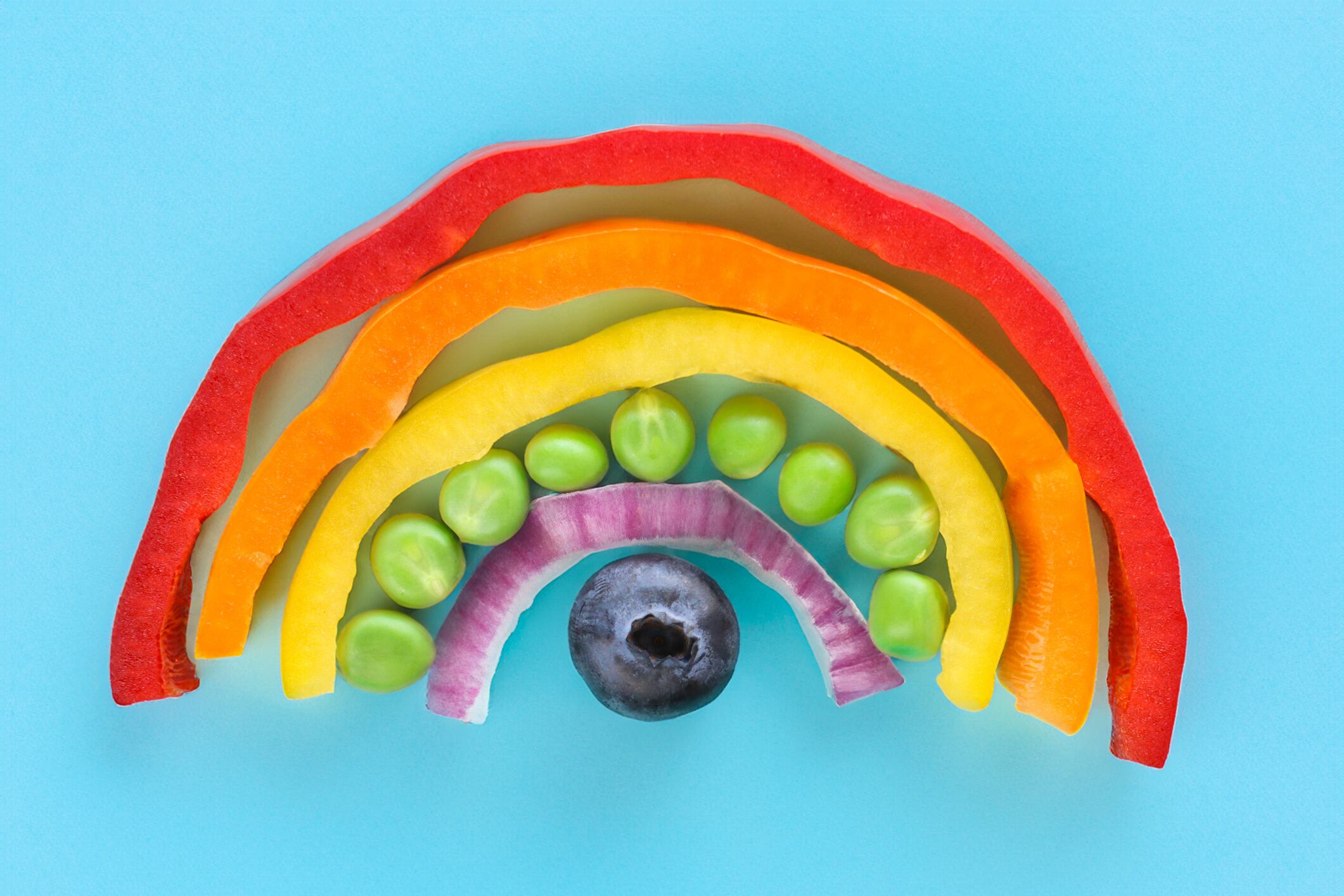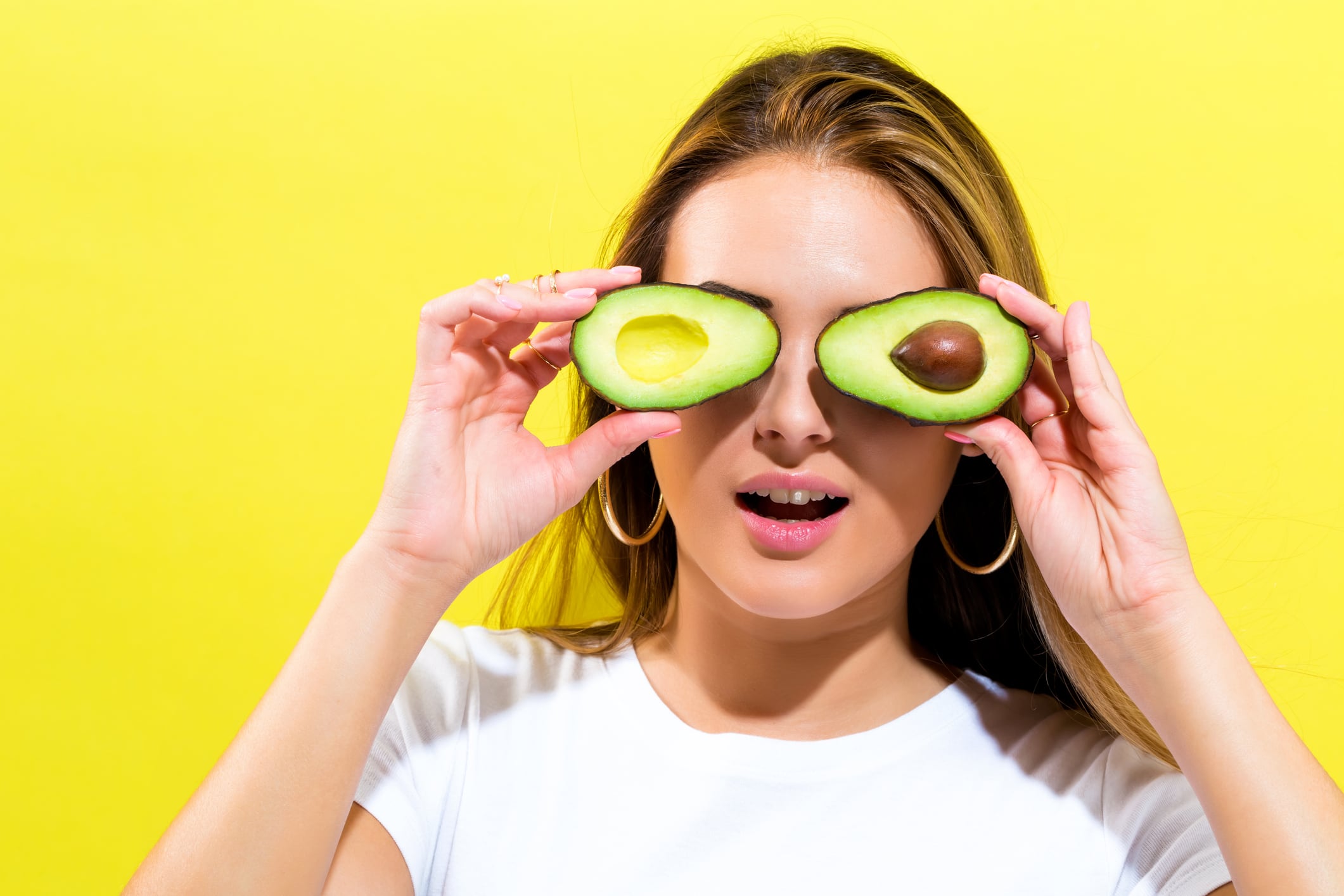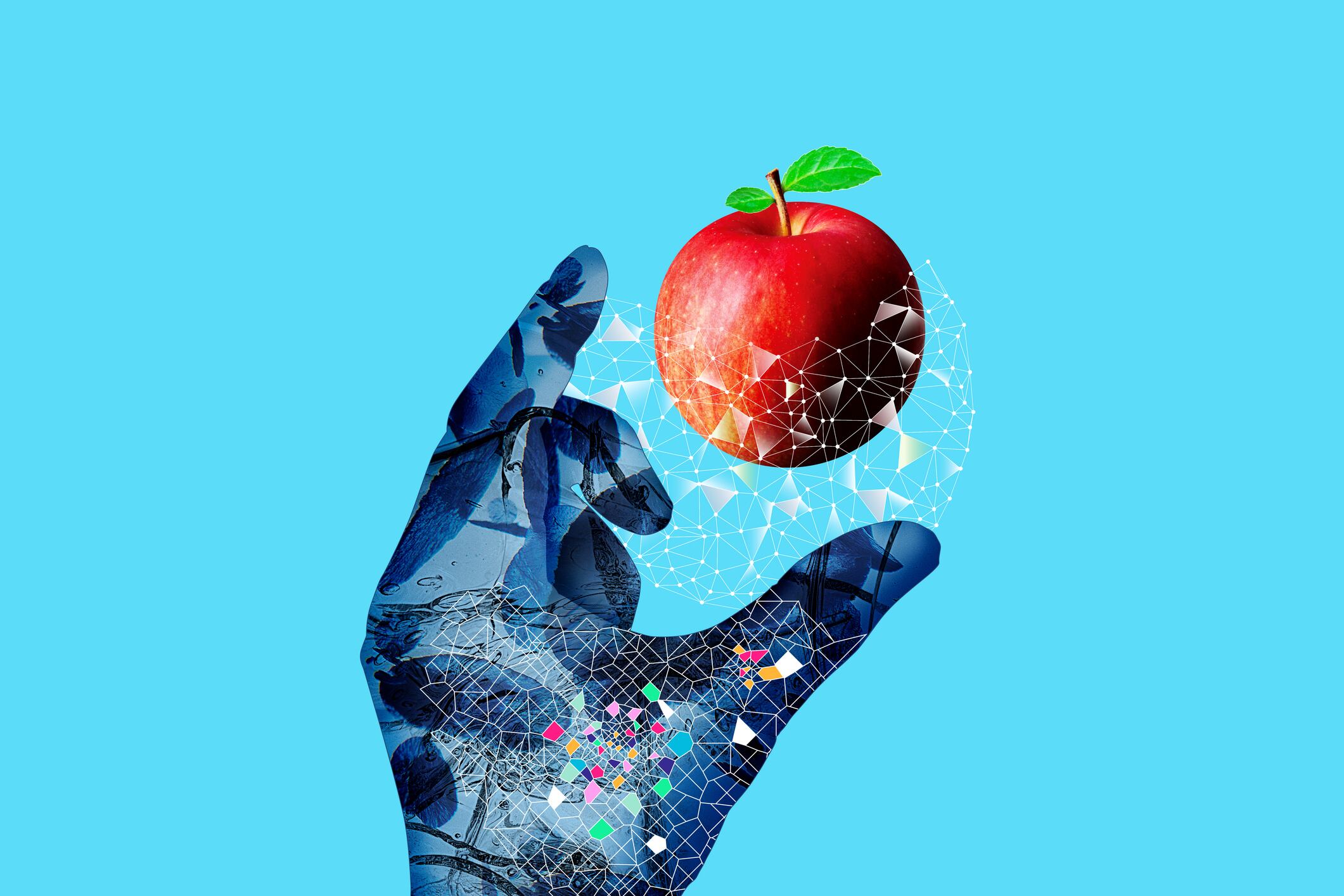What are the top food colour trends of 2026 - summary
- Yellow and orange dominate as consumers seek warmth and wellbeing
- Deep purples and jewel tones gain popularity for unusualness
- Earthy blues and greens attract attention despite natural sourcing challenges
- Turquoise emerges as a calming colour linked to mental balance
- Burgundy signals vitality and health aligning with active lifestyle trends
Colour is vital to food and beverage. While not linked explicitly to nutrient content, colour has a less concrete but in many ways just as important purpose: it affects how consumers perceive different foods.
And vice versa. How consumers feel, and want to feel, at any given moment will impact which colours they gravitate towards.
“Understanding colour means understanding people; their emotions, routines, and aspirations for wellbeing and joy,” says Stella Munhoz, global marketing manager at colour supplier Oterra.
Yellow and orange for wellbeing
Consumers are more and more focused on wellbeing. According to ingredients supplier ADM, this will manifest itself in the popularity of yellow and orange in food.
These colours are “warm, they’re kind of cozy. There’s something very comforting about them. But they’re also colour shades that are very much aligned with health and wellness,” explains Kelly Newsome, senior global marketing manager for colours and savoury flavours at ADM.
Orange in particular is associated strongly with wellbeing, Oterra’s Munhoz explains.
“Orange connects a wide spectrum of wellbeing benefits: from heart health and digestion to cognitive and immune support, while visually capturing warmth and creativity.
“Consumers are drawn to the vibrant energy of orange, its delicious appeal, and the emotional comfort it delivers through familiarity.”
Such colours can be seen in particular in citrus and fresh fruits, as well as “comforting” soups such as yellow split pea and roasted yellow pepper, she explains.

Purples, blues and greens for attracting attention
While bright, neon colours may have once been the best way to attract attention in food, it is no longer the case, explains ADM’s Newsome. Instead, deeper and more unusual colours will take centre stage.
In Europe, manufacturers will likely be using “deep, jewel-like” purples, magentas, muted lavenders, and other types of purple.
In the US, the focus will be on “earthy” blues and greens. These ingredients, which are attracting consumer attention already, are difficult to develop from a natural source.
Despite not being bright and garish, these colours are eye-catching because they’re not currently used all that much in food and beverage.
These types of colours will be seen a lot in beverage, Newsome explains, as well as food service.

Turquoise for calmness
Turquoise is increasingly associated with calm, clarity and “natural authenticity”, explains Oterra’s Munhoz.
“As stress, sleep challenges, and the need for emotional comfort grow among consumers, turquoise appears as a colour of mindful refreshment and mental balance. Blue’s versatility inspires new sensory possibilities.”
The colour “invites curiosity” and “delivers both comfort and surprise”, she explains.
It can be found in a range of foods, from savoury cheese to sour notes and sweet flavours.
Burgundy for vitality
A brighter, more vivid colour for a more exciting association, burgundy is expected to be popular because of consumer desire for vitality and active living, explains Munhoz. “Emotionally, it communicates passion and confidence.”
Burgundy, far from simply being associated with wine, is linked by consumers to health, resonating with those “who want to stay strong and healthy for longer.”
The colour enhances perceptions of a product having a high protein content, being collagen-enhanced, or providing functional health, linking it with performance and longevity trends.
A study by Oterra found that red is the most desired colour for new confectionery products in the US, UK, and Mexico.





